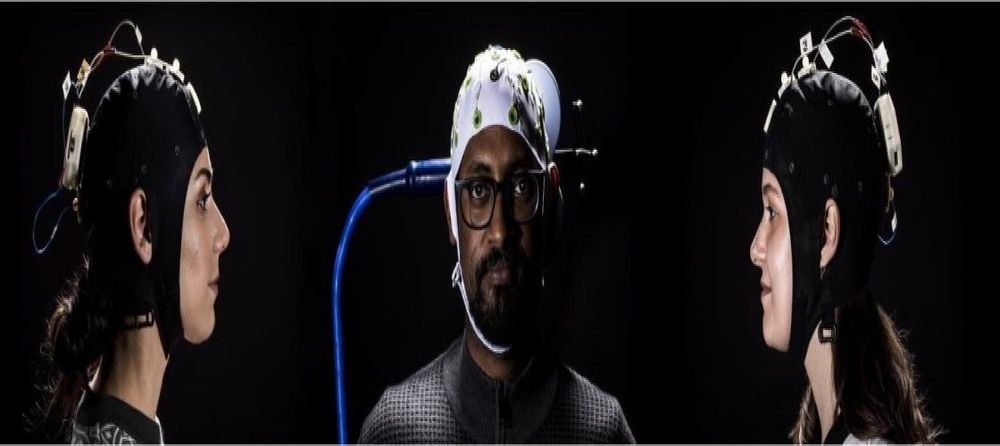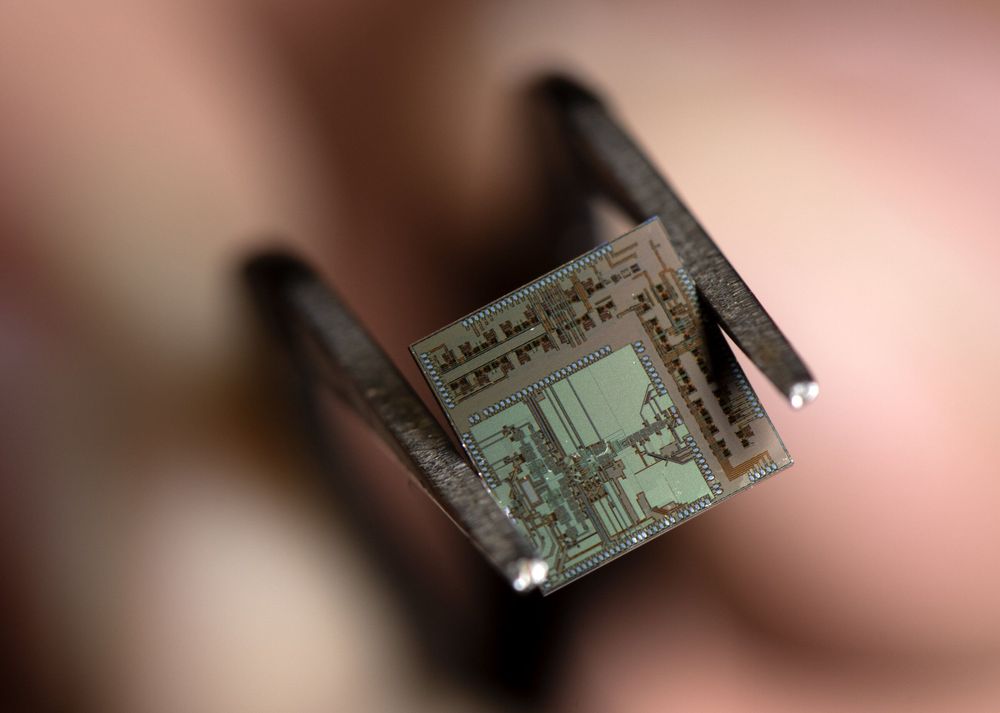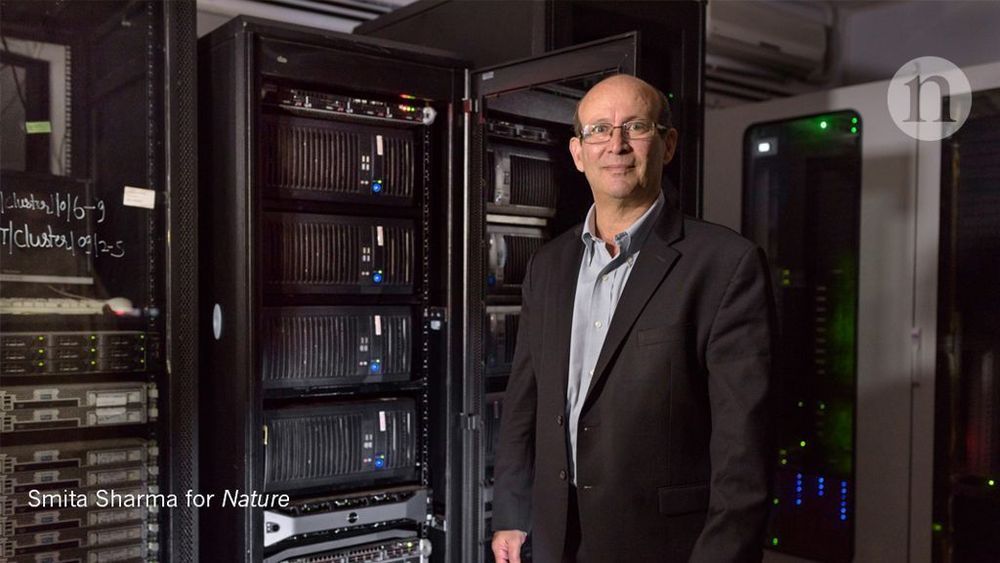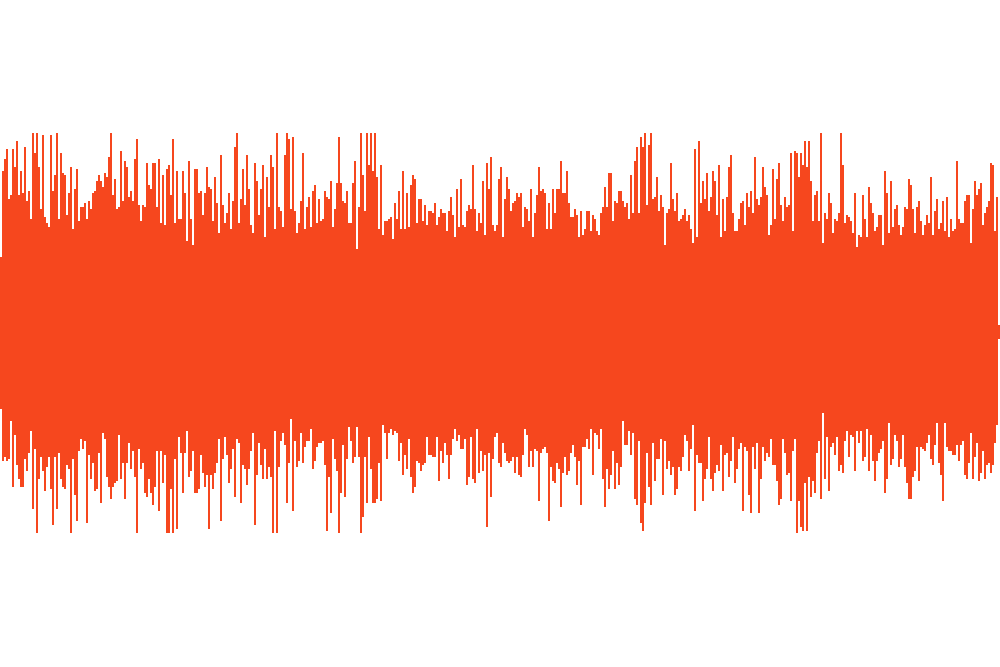Aired on Gadget Lab Podcast: buddy Elon Musk because it’s always fun to talk about Elon Musk and this time the man wants to put a computer in your brain this past Tuesda.
Category: computing – Page 787


Computer use later in life may prevent cognitive decline
Researchers found that using a computer, playing games, and participating in social activities may reduce the risk of mild cognitive impairment.
New research suggests that playing games, using a computer, and having a rich social life can keep mild cognitive impairment at bay.
Our brains go through changes as we get older, and some people may experience issues with memory, thinking, or judgment.

It’s Coming: Brain-to-Brain Interface for Inviting People into Your Mind
“Get Out of My Head!”
For now, the phrase “Get out of my head,” is a lighthearted joke uttered when someone shares the same thought as a friend or colleague. But thanks to research in telepathic communications and computer technology by a team from the University of Washington, it could become a literal directive in the future.
Or, perhaps you’ll want to invite someone into your mind to help you solve a tricky problem. After all, two (or three) heads are better than one.

Brains scale better than CPUs. So Intel is building brains
Pohoiki Beach appears to be step two of Intel’s process-architecture-optimization development model. Step three, a larger integration of Loihi chips to be called Pohoiki Springs, is scheduled to debut later this year. Neuromorphic design is still in a research phase, but this and similar projects from competitors such as IBM and Samsung should break ground for eventual commoditization and commercial use.
The new Pohoiki Beach builds on the 2017 success of Intel’s Loihi NPU.
Quantum leap from Australian research promises super-fast computing power
‘Ruthlessly systematic’ research achieves qubit communication 200 times faster than ever before.

Electrical engineering team develops ‘beyond 5G’ wireless transceiver
A new wireless transceiver invented by electrical engineers at the University of California, Irvine boosts radio frequencies into 100-gigahertz territory, quadruple the speed of the upcoming 5G, or fifth-generation, wireless communications standard.
Labeled an “end-to-end transmitter-receiver” by its creators in UCI’s Nanoscale Communication Integrated Circuits Labs, the 4.4-millimeter-square silicon chip is capable of processing digital signals significantly faster and more energy-efficiently because of its unique digital-analog architecture. The team’s innovation is outlined in a paper published recently in the IEEE Journal of Solid-State Circuits.
“We call our chip ‘beyond 5G’ because the combined speed and data rate that we can achieve is two orders of magnitude higher than the capability of the new wireless standard,” said senior author Payam Heydari, NCIC Labs director and UCI professor of electrical engineering & computer science. “In addition, operating in a higher frequency means that you and I and everyone else can be given a bigger chunk of the bandwidth offered by carriers.”

The plan to mine the world’s research papers
Carl Malamud is on a crusade to liberate information locked up behind paywalls — and his campaigns have scored many victories. He has spent decades publishing copyrighted legal documents, from building codes to court records, and then arguing that such texts represent public-domain law that ought to be available to any citizen online. Sometimes, he has won those arguments in court. Now, the 60-year-old American technologist is turning his sights on a new objective: freeing paywalled scientific literature. And he thinks he has a legal way to do it.
A giant data store quietly being built in India could free vast swathes of science for computer analysis — but is it legal?

Team efficient microchip
Researchers at MIT and Texas Instruments have designed a new chip for portable electronics that could be up to 10 times more energy-efficient than present technology. Given its reduced power consumption, the new chip could lead to cell phones, handheld computers, and remote sensors that last far longer when running from a battery.
Indeed, the power required could be so low that implantable medical devices such as pacemakers and health monitors could be powered indefinitely by a person’s body heat or motion—no battery needed.
According to Anantha Chandrakasan, the Joseph F. and Nancy P. Keithley Professor of Electrical Engineering, the key to the improvement in energy efficiency was finding ways to make the circuits on the chip work at a voltage level much lower than usual. While most current chips operate at around 1.0 volt, the new design works at just 0.3 volts.
Mind Upload And Immortality
Would you upload your mind into a computer?